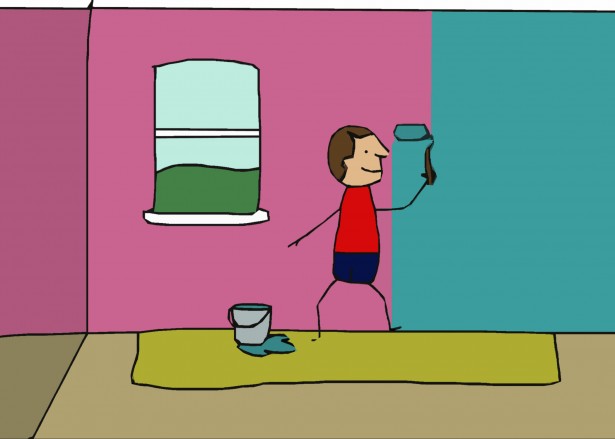There are few things that can be as rewarding as planting and maintaining a garden. Not only does a garden allow you to get outdoors and enjoy the summer weather, but it also provides you with fresh food items that can be used to take your meals to the next level. However, there are some things to consider before you start your garden. Here are tips on how to plant an herb and vegetable garden.
Deciding What to Plant
The first step in planting your garden is to determine the herbs and vegetables that you’d like to grow. If you’re new to gardening, then you’ll probably want to start off small and build it up more as you become more comfortable. It is not uncommon for gardeners to get antsy by planting an overabundance of vegetables, only to realize that they can’t keep up with it. After all, you don’t want to have so many leftover veggies that they go to waste. Also, be sure to note that many vegetables, such as tomatoes and peppers will continually produce. While others like carrots and radishes only produce one time.
Determining How Much Space You Need
Another facet to consider when starting a vegetable and herb garden is the amount of space that’ll be needed, and this will in part depend on the plants that you’ve chosen to grow. However, you don’t need too much space for growing, and in fact, many vegetables can be planted in containers if necessary. A common garden size is 10’ x 10’, and at this size, it can produce a lot of food, while still being easy to maintain. If a garden becomes too large you may start to have difficulties trying to control invasive weeds and pests.
Choosing the Right Location
As with most plants, vegetables and herbs need to be planted in an area that will receive adequate amounts of sunlight. It is said that most vegetables need to get between 6-8 hours of direct sunlight in order to maximize their yield. In addition, it is a good idea to put the garden in an area that’s close to a water source, so you won’t have to haul water back and forth. If you’re unsure as to the best location for your garden, contact us. We’ll answer any questions you have and set you up with a top notch landscape professional.
Digging the Beds
Getting the soil ready for planting is vital to the success of your vegetable and herb garden. Before you start planting, you’ll need to loosen up the soil with a tiller, or it can be done by hand. After the soil has been loosened, you can mix in any compost or other nutrients that may help the plants grow better. Make sure that you keep the soil loose, rather than compacting it, or else you will negate the efforts put into tilling the area. Another thing that you should do when you have finished tilling and the surface is smooth is to test the temperature of the soil. The best way to test the temperature is by using a soil thermometer.
Maintaining the Garden
It is no secret that all plants need water to survive, and thus it is important that you ensure they’re receiving adequate amounts of water. Many times, you can rely on the rain to help you in watering the plants, but if there is a dry spell, then you will need to keep them properly watered. It is also vital that you take the time to remove any weeds that are creeping into the garden, as they can quickly overtake the area and use up nutrients in the soil. In addition, you should consider using a fertilizer to help the plants achieve their fullest potential.
Harvesting Your Herbs and Vegetables
Once the wait is over and the vegetables and herbs have grown from tiny seedlings into full sized plants, then it will be time to harvest. There are certain plants, such as leaf lettuce that can be picked at any time during their growth and this will not harm them. However, there are other vegetables like cucumbers and squash that should be allowed to reach full size before they are picked. After the picking is complete, you can sit back and enjoy the fruits of your labor.
In Summary
Planting and maintaining a vegetable and herb garden is a great way to stay active and enjoy the warm temperatures that summer brings. However, there are a few aspects to consider when getting your garden started. For starters, you will need to decide on the different plants and vegetables that you would like to plant and create an area that is large enough for them to grow. You must also prep the soil by tilling it and continue to maintain it even after the plants have begun growing. Once the vegetables have reached maturity it will be time to pick.
If you have any questions about how to plant a vegetable and herb garden Homeowners Hub would love to help! Don’t hesitate to get in touch with us. We can offer helpful advice specific to your property and set you up with one of New Jersey’s top landscapers so that you’ll have the garden you always dreamed of.

Become a Hubster and get a FREE Home Energy Audit!



